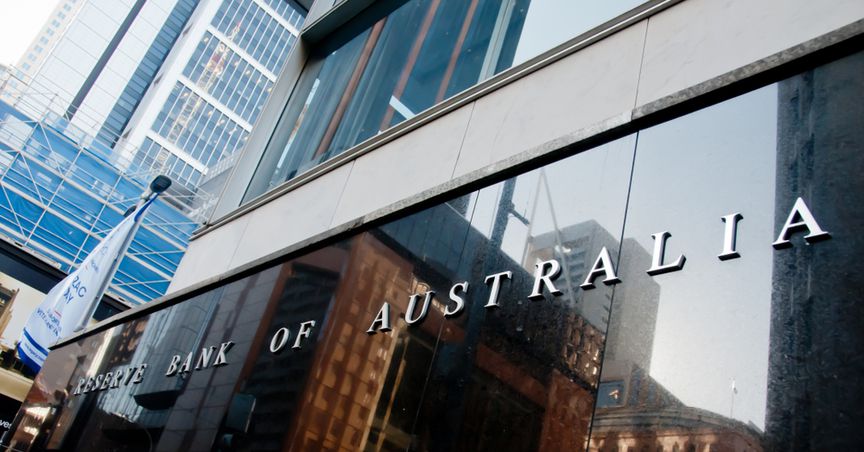Summary
- Recently, RBA stated that the cash rate appears to remain at 0.25% for up to 3 years and the move would support businesses to plan their borrowing and investment, as well as help government fund its debt at lower interest rates.
- RBA Board is clear that the cash rate would not be increased until employment and inflation goals are achieved.
- Coronavirus induced shutdowns and lack of dynamism was deterring businesses and people to spend rather than the cost or availability of credit, as per RBA Governor.
- CommSec Chief Economist stated that RBA officials played a key role in contributing to a debate over what fiscal and structural policies must be pursued as RBA ran out of alternatives to enhance economic activity.
RBA held its cash rate at 0.25% in the latest monetary policy meeting on 4 August, and the move will continue to dampen the effects of coronavirus crisis on financially distressed borrowers. Interest rates are likely to be at record lows for some time.
The Bank stated the outlook for the Australian economy as highly uncertain though the worst of the economic contraction has passed, and the downturn was not as severe as expected. Post the policy meeting RBA governor, Philip Lowe stated that the recovery is likely to be uneven and bumpy as coronavirus outbreak in Victoria is having a major effect on the local economy.
ALSO READ: RBA Expects a Further 7% Contraction in Australian Economy In 2020
He added that stronger recovery is likely if developments are made in the immediate future to suppress the infection rates. It will encourage increased trust and a less cautious attitude by households and companies towards their expenditure. However, if there is further lockdown in Australia and other countries, recovery in the labour market and output would be hindered.
RBA Governor welcomed the Australian government's move to extend income support measures and asserted that both monetary and fiscal stimulus would be required for some time. He emphasised on the importance of fiscal policy in keeping the economy afloat.
RBA package introduced in March
RBA had slashed its cash rate to a record low of 0.25% in an emergency meeting in mid-March, and launched an unlimited bond-buying programme where it bought about $55 billion of government securities. It also flooded the financial sector with liquidity and provided term lending to lenders of the country in an attempt to mitigate the coronavirus pandemic induced blow to the economy.
The comprehensive package comprising of:
- Unveiling of a target on 3-year Australian Government bonds of 25 bps.
- Term Funding Facility for the banking system under which funds can be offered for 3 years at 25 bps.
- Persistent utilisation of open market operations to ensure that the financial system has a high level of liquidity.
- Alteration of the interest rate corridor system with the rate paid on Exchange Settlement balances set at 10 bps instead of 0.
Mr Lowe stated that there were limits to what monetary policy could do and some modifications were needed to be made in the package introduced in March. However, he asserted that at present, no traction would be gained from those modifications, and the right time must be waited for.
RBA expects low cash rate for 3 years
RBA has flagged the interest rate likely to be kept at a historic low of 0.25% for the next 3 years, anticipating recovery from the coronavirus pandemic to take at least that long for the job sector.
Governor Philip Lowe told the House of Representatives Standing Committee on Economics that the cash rate will not be increased until there was any progress towards full employment and the Board was confident that inflation is within 2-3% inflation range. He also stated that the conditions were not likely to be met for at least 3 years.
ALSO READ: RBA charts out Economic Recovery Forecasts apparently with 'No Vaccine Roll-out' assumption
Although monetary policy has played a significant part, it was fiscal policy that supplied the Australian economy with much of the assistance. There is quite a shift from how things have worked in the past decades and is followed by a large rise in public borrowing as governments work to limit the hit to people's incomes.
Mr Lowe replied on the federal government's response to the crisis, stating that a significant increase in public debt to restrict the hit to incomes was completely adaptable and affordable as:
- By borrowing at present to help the economy, they were averting a much larger loss of productivity and employment that would harm the economy and culture for years to come, causing continued budget pressure.
- Public finances in Australia are in good condition, and public debt is far smaller here than in most other nations.
- Following decades of decent economic results, the aggregate national balance sheet is now in a safe spot.
- Financing expenses for the budget have rarely been lower, with interest levels among the lowest since Federation.
He stated that the time was apt to borrow to support people in their jobs and boost public investment when private investment was quite grim.
The economic outlook remains uncertain
Market experts believe that the move to leave the cash rate steady at 0.25% would imply mortgage rates to stay at their levels, and any further movement of RBA to reduce the cash rate will not have much effect on bank interest rates.
Craig James, CommSec chief economist, stated that RBA had mostly run out of choices for improving economic growth, but officials from central bank played a crucial role in shaping and adding to the discussion about what fiscal and structural policies should be followed.
He also added that jobs must be created to keep the economy going, to reduce the budget deficit and manage repaying home loans.
ALSO READ: Jobs bouncing back in July but with a slower trajectory– Is your future secured?
Gareth Aird, CBA Head of Australian Economics stated that for many years, labour market slowdown would remain high, suppressing wage growth and witnessing monetary policy stay highly accommodative for an extended period of time. Credit growth in the private sector would remain very feeble, and there is a little possibility of net overseas migration going back to pre-COVID-19 rates.
He also noted that the need to formally re-examine the role and relationship of fiscal and monetary policy with regard to monetary financing would increase over time.
Lowe claimed that it was not the expense or accessibility of credit that dissuaded companies and people from spending instead it was coronavirus-driven lockdowns and a shortage of "dynamism" in the economy that only the government can address.






